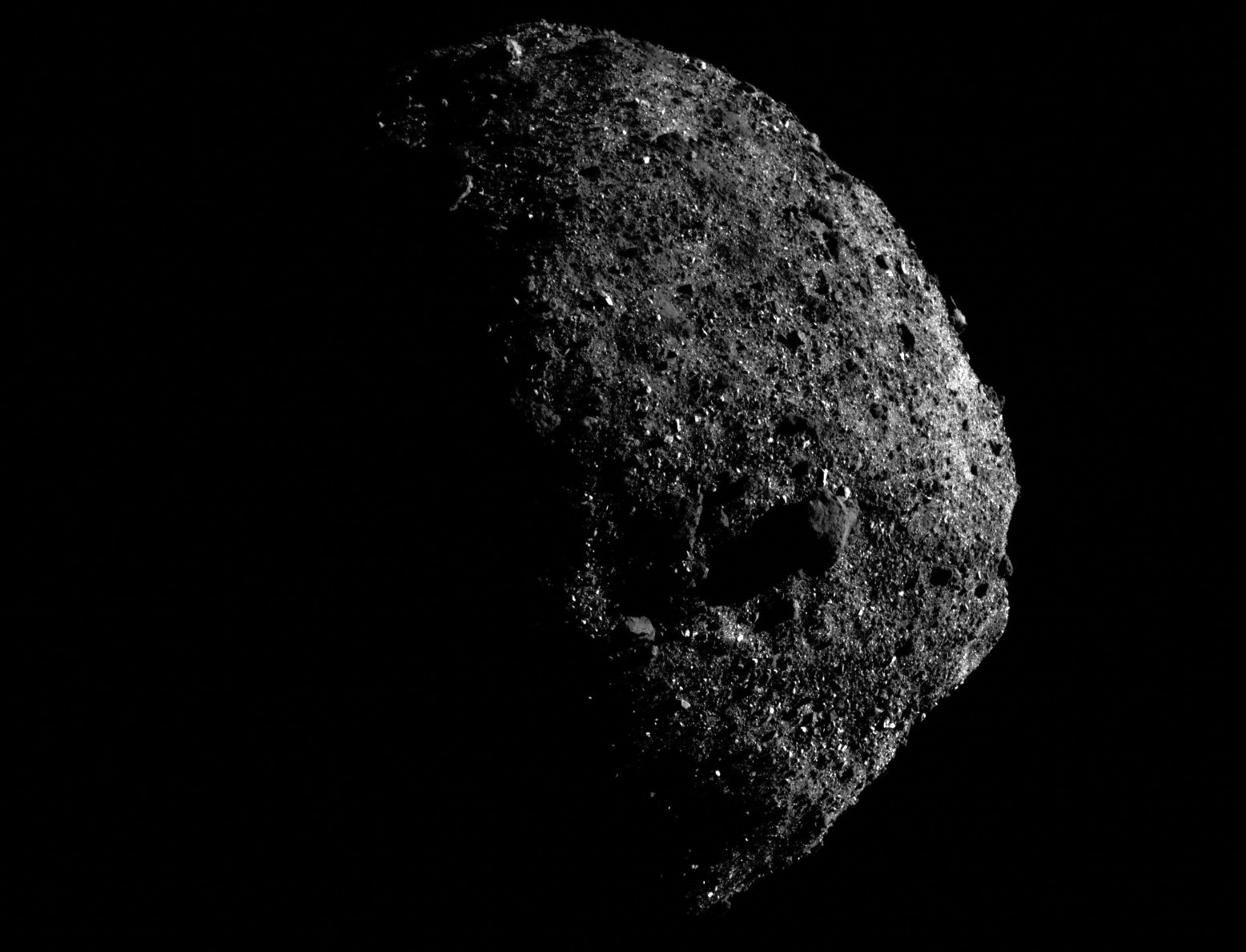Seven months after landing on the asteroid Bennu to try to collect samples, the American probe OSIRIS-REx has just started its return trip. In his luggage, a precious cargo likely to enlighten us on the formation of the solar system.
Four years after its launch from Florida, the OSIRIS-REX probe carried out its attempt to sample the asteroid Bennu (500 meters wide) last October. During this maneuver, attempted more than 330 million kilometers from Earth, the spacecraft had descended in a spiral before touching the surface of the object for a few seconds, detonating a little nitrogen gas at the end of its arm. to release material. These pieces of rocks and dust were then collected by the sampling head. The goal was to get at least sixty grams. Mission accomplished.
Since October, OSIRIS-REx has remained in the asteroid's environment, waiting for the right moment to leave. Finally, it was time to leave. At approximately 10:16 p.m. (French time) on Monday, Lockheed Martin's mission control room, located in Littleton, Colorado, received confirmation that its ship had successfully fired its main thrusters to clear Bennu away from approximately sixteen minutes earlier. Seven minutes later, the probe officially began its long journey home.
This departure sequence was the mission's most important maneuver since the probe arrived in orbit around Bennu in 2018. The goal was to alter the trajectory and speed of the ship so that its path crosses that of our planet Earth in two years. During its journey, the probe will circumnavigate the Sun twice, traveling more than 2.3 billion kilometers to catch up with the Earth.
If all goes as planned, OSIRIS-REx should normally return to Earth on September 24, 2023 to drop off its package in the desert of Utah (USA). These will be the largest samples collected by a NASA mission since astronauts returned from Apollo with moon rocks.

Once recovered, the capsule will be transported to the conservation facility at the US agency's Johnson Space Center in Houston. Here, the samples will be taken for distribution to several laboratories around the world. NASA will also put 75% of these rocks under seal so that future generations can study them with their technologies.
Bennu being a relic almost unchanged for about 4.6 billion years, analyzing its remains with state-of-the-art instrumentation will thus be able to give us an insight into the formation of our system. This material could also contain the molecular precursors that may have led to the evolution of life on Earth.